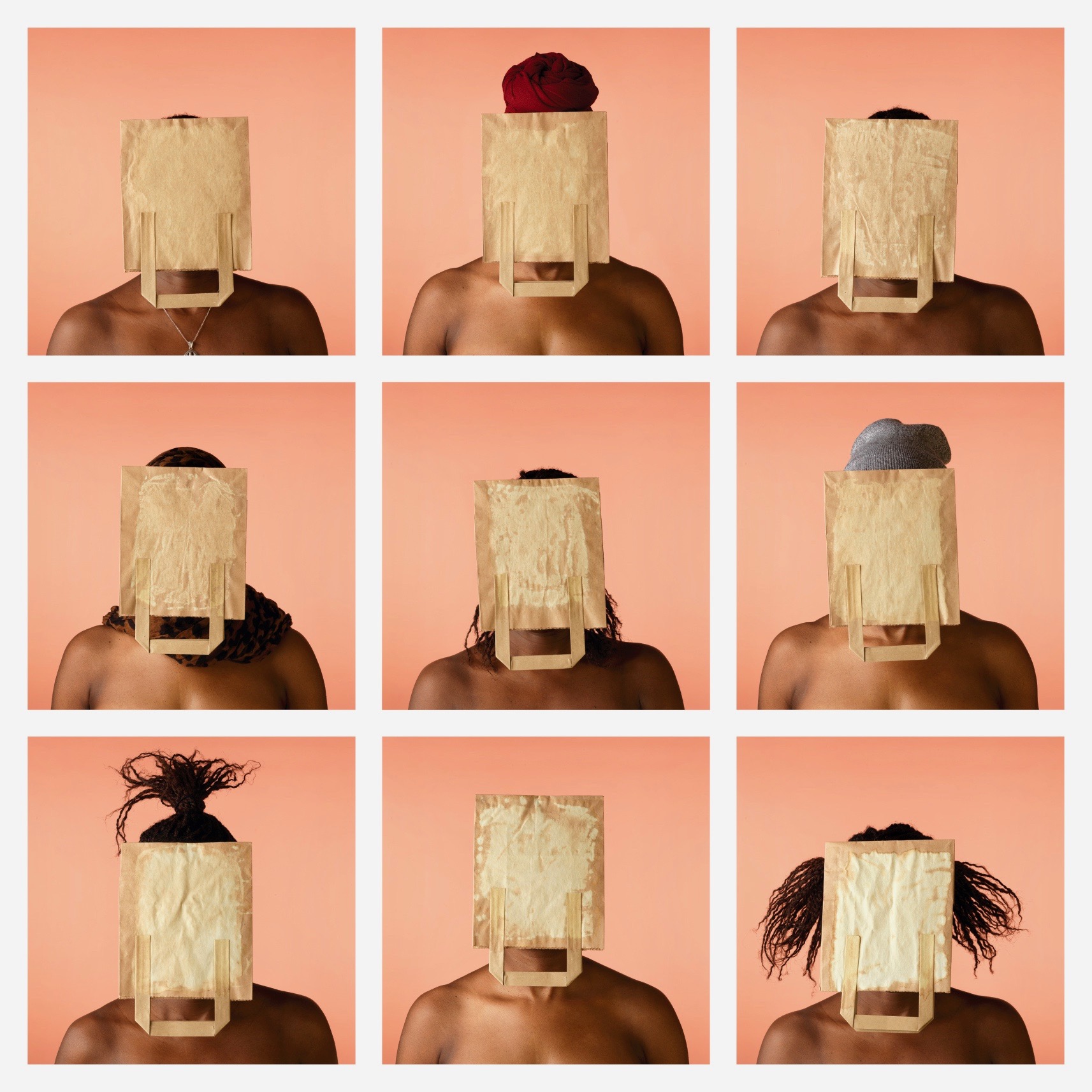A Bleached Legacy


A Bleached Legacy was inspired by a close friend’s story of experiencing colourism within her community. The work uses typology to refer to the scrutiny and classification inherent in observing skin colour. My friend had experienced engrained prejudice from female family members of Ugandan descent who had seen her skin tone much more in line with her Sudanese father’s. This led to pressure to use skin-bleaching products during her adolescence to be accepted. She could only build a wider perspective on this once she travelled to Uganda when she was 18. This enabled her to reverse a psychological and physical process of always aspiring to look lighter to match a beauty ideal. She established a support website for others to counteract the harmful effects of colourism. She is also one of the models photographed.
Colourism has long roots within well-documented 20th-century history, including through additional levels of persecution within structures of slavery and early emancipation. However, it is still affecting people’s lives in the 21st century.
Part of the research revealed references to the Brown Bag Paper Test, which is a way of speaking about the determining factor of comparison, which leads to separation within many African-American social institutions. Skin lighter than the paper grocery bag meant acceptance into sororities, fraternities and churches, whereas skin darker than the bag meant these privileged positions, themselves part of the social mobility structure, were barred.
This essence of societal blocking is reflected within A Bleached Legacy, where the subject’s faces are obscured with standardised brown paper bags. In this series, however, it is the bags that become increasingly bleached. The lightening of the paper mirrors the emotional and dermatological deterioration caused by colourism within society.
Colourism has long roots within well-documented 20th-century history, including through additional levels of persecution within structures of slavery and early emancipation. However, it is still affecting people’s lives in the 21st century.
Part of the research revealed references to the Brown Bag Paper Test, which is a way of speaking about the determining factor of comparison, which leads to separation within many African-American social institutions. Skin lighter than the paper grocery bag meant acceptance into sororities, fraternities and churches, whereas skin darker than the bag meant these privileged positions, themselves part of the social mobility structure, were barred.
This essence of societal blocking is reflected within A Bleached Legacy, where the subject’s faces are obscured with standardised brown paper bags. In this series, however, it is the bags that become increasingly bleached. The lightening of the paper mirrors the emotional and dermatological deterioration caused by colourism within society.